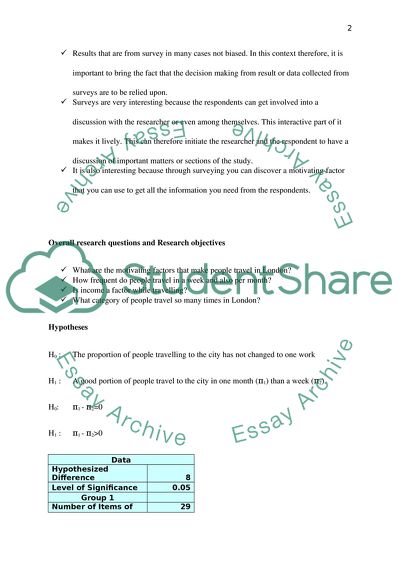Cite this document
(Statistical Method of Analysis of the Transport in London Assignment, n.d.)
Statistical Method of Analysis of the Transport in London Assignment. Retrieved from https://studentshare.org/statistics/1853955-data-management-analysis
Statistical Method of Analysis of the Transport in London Assignment. Retrieved from https://studentshare.org/statistics/1853955-data-management-analysis
(Statistical Method of Analysis of the Transport in London Assignment)
Statistical Method of Analysis of the Transport in London Assignment. https://studentshare.org/statistics/1853955-data-management-analysis.
Statistical Method of Analysis of the Transport in London Assignment. https://studentshare.org/statistics/1853955-data-management-analysis.
“Statistical Method of Analysis of the Transport in London Assignment”, n.d. https://studentshare.org/statistics/1853955-data-management-analysis.


